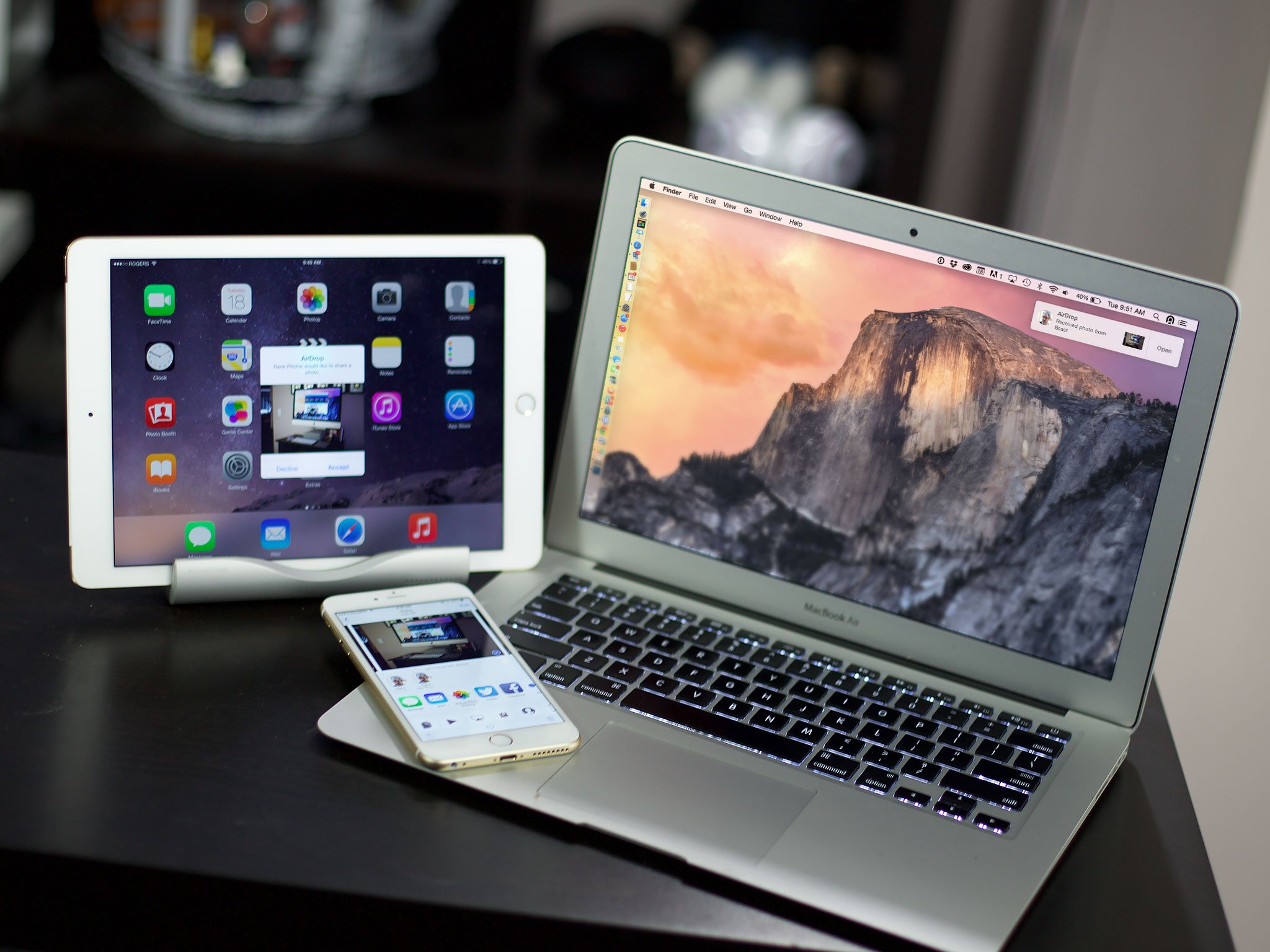Cases of AirDrop cyber-flashing on UK trains doubled in 2019 but many instances go unreported

What you need to know
- The number of cases of AirDrop cyber-flashing doubled last year.
- It mostly happens on the London Underground.
- Many instances are unreported.
The number of people who received unwanted, explicit AirDrop messages on trains in the UK doubled in 2019, according to a Press Association and Sky News report.
In 2018 34 reports were made to the British Transport Police, with that reaching 66 last year. However, it's believed that many instances of cyber-flashing simply go unreported with some victims of the belief that the issue isn't important enough to notify police over.
The problem occurs when users of iPhones, iPads, and Macs have AirDrop configured to allow "Anyone" to send them files, like images in this case. That allows anyone within range to send an image to the recipient. All that recipient sees is a preview of the image and the name of the phone that is sending it.
The report notes that most instances seem to take place on the London Underground, perhaps due to the relatively short range of AirDrop.
UK officials are working to make cyber-flashing a more serious offense in an attempt to deter those carrying it out.
Laws around image-based sexual abuse are being reviewed by the government as part of proposals to bring cyber-flashing in line with other sexual offences.
If you're a victim of cyber-flashing, please do report it to the relevant authorities. You can prevent strangers from sending images and files via AirDrop by changing its settings to only allow "Contacts" to initiate a transfer, too.
iMore offers spot-on advice and guidance from our team of experts, with decades of Apple device experience to lean on. Learn more with iMore!

Oliver Haslam has written about Apple and the wider technology business for more than a decade with bylines on How-To Geek, PC Mag, iDownloadBlog, and many more. He has also been published in print for Macworld, including cover stories. At iMore, Oliver is involved in daily news coverage and, not being short of opinions, has been known to 'explain' those thoughts in more detail, too.
Having grown up using PCs and spending far too much money on graphics card and flashy RAM, Oliver switched to the Mac with a G5 iMac and hasn't looked back. Since then he's seen the growth of the smartphone world, backed by iPhone, and new product categories come and go. Current expertise includes iOS, macOS, streaming services, and pretty much anything that has a battery or plugs into a wall. Oliver also covers mobile gaming for iMore, with Apple Arcade a particular focus. He's been gaming since the Atari 2600 days and still struggles to comprehend the fact he can play console quality titles on his pocket computer.
